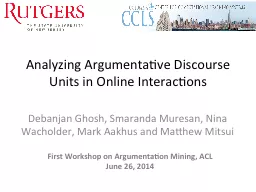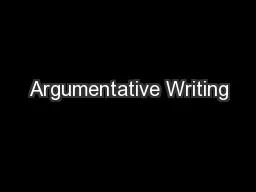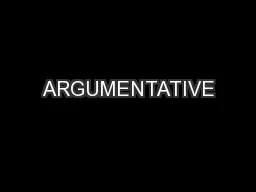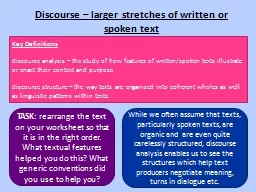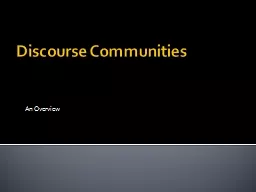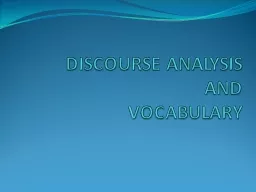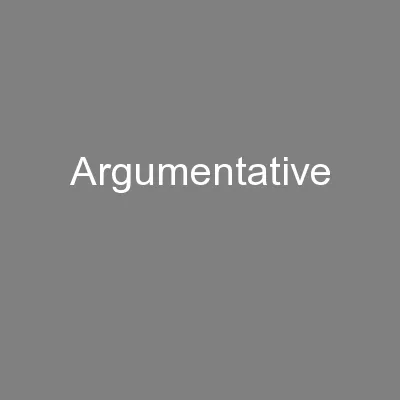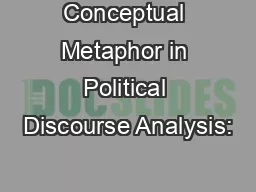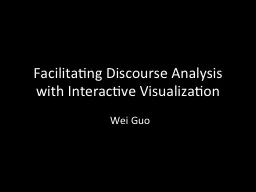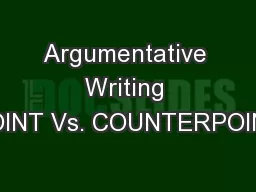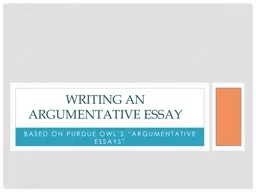PPT-Analyzing Argumentative Discourse Units in Online Interacti
Author : tatyana-admore | Published Date : 2016-06-11
Debanjan Ghosh Smaranda Muresan Nina Wacholder Mark Aakhus and Matthew Mitsui First Workshop on Argumentation Mining ACL June 26 2014 But when we first
Presentation Embed Code
Download Presentation
Download Presentation The PPT/PDF document "Analyzing Argumentative Discourse Units ..." is the property of its rightful owner. Permission is granted to download and print the materials on this website for personal, non-commercial use only, and to display it on your personal computer provided you do not modify the materials and that you retain all copyright notices contained in the materials. By downloading content from our website, you accept the terms of this agreement.
Analyzing Argumentative Discourse Units in Online Interacti: Transcript
Download Rules Of Document
"Analyzing Argumentative Discourse Units in Online Interacti"The content belongs to its owner. You may download and print it for personal use, without modification, and keep all copyright notices. By downloading, you agree to these terms.
Related Documents

